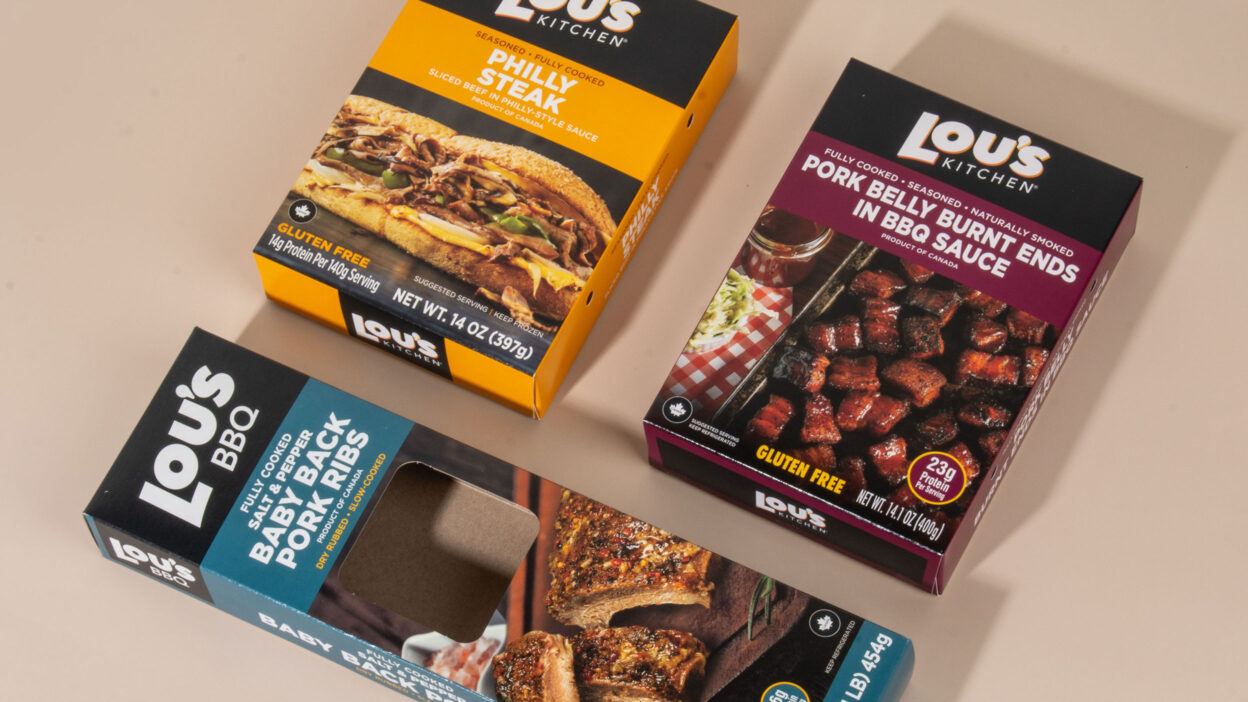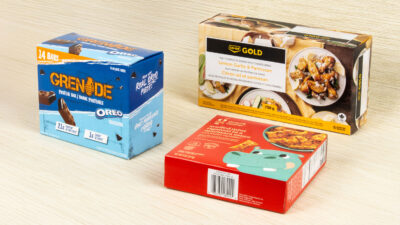One of the most critical yet overlooked aspects of product packaging is getting the package size right. Looks are important, but the size of the package often carries even greater weight. The package size determines not only how customers perceive your products but also the products’ safety and ease of shipping.
That said, getting the right size packaging for most consumers is easier said than done. Today’s post is a step-by-step guide on how to nail your product packaging size.
Step 1: Get Precise Product Dimensions
First, ensure you get your product dimensions (length, width, height) right. That way, you can ensure the product fits snugly into the packaging, eliminating material waste and enhancing customer appeal. A properly sized package also means you can fit more of your products on store shelves and warehouses.
A simple tape measure gets the job done, but don’t forget to round up slightly to give your products some breathing room.
Step 2: Account for Protective Materials
Fragile products made of glass or brittle clay require extra layers of protection during packaging. The same goes for perishable goods like flowers and food products. While sizing your package, make sure to account for the extra cushioning needed by such products.
To do so, wrap the said products with enough bubble wrap, corrugated inserts, or other protective material before taking their measurements. Remember to round up a little, so the packages don’t look stuffed and puffy.
Step 3: Style the Packaging
Your products’ packaging does more than just hold your products; it also tells your brand’s story. For starters, you’ll want a packaging type that works for your product. Types of packages include boxes, pouches, and tubes.
As a rule of thumb, use padded envelopes for small, light items and corrugated cardboard boxes for heavier goods.
Step 4: Check the Fit and Functionality
With everything else in place, the next step is to check how the product fits in its package. Here, you’ll want to ensure that:
- The products fit snugly and aren’t loose inside the packages
- The package can be sealed and closed properly
- The packaging has enough space for labeling and branding
Step 5: Consider Shipping and Storage
Last but not least, consider how you’ll store and ship your products. This means much more than just making the packages smaller. It also entails considering alternative designs, like folding cartons, and alternative lightweight materials like kraft paper.
These three questions should help you determine whether your packaging passes the shipping and storage check:
- Does the packaging fall below courier and postal size restrictions?
- How much does it rack up in dimensional weight charges?
- Does the packaging provide stackable and space-efficient storage?
The answers to these questions will help you determine whether your packaging will last through shipping and storage processes.
Package Sizing Made Easier
There’s no denying that getting the package size right for your products can be a complicated task. However, you can always turn to this helpful guide to steer you in the right direction. Once you get the size right, you can explore various styles and designs to attract more customers and achieve your bottom line.
Elevate Your Brand Packaging
Craft packaging that makes your products shine
Get started today!



